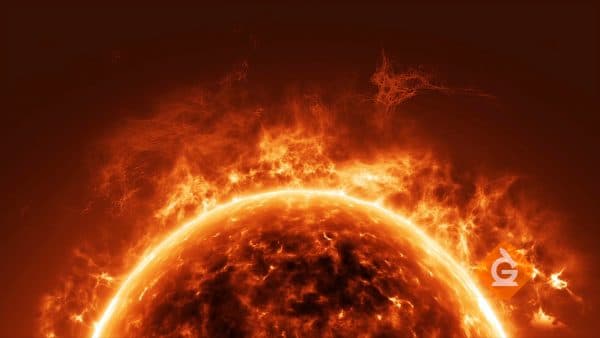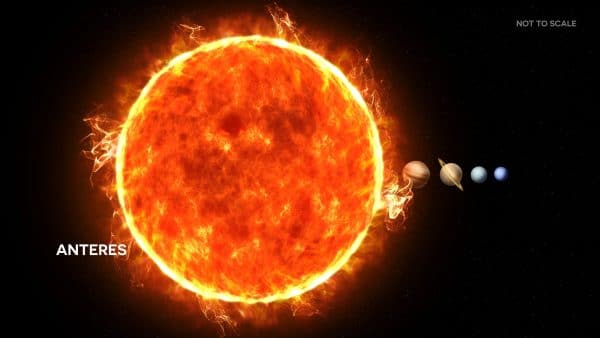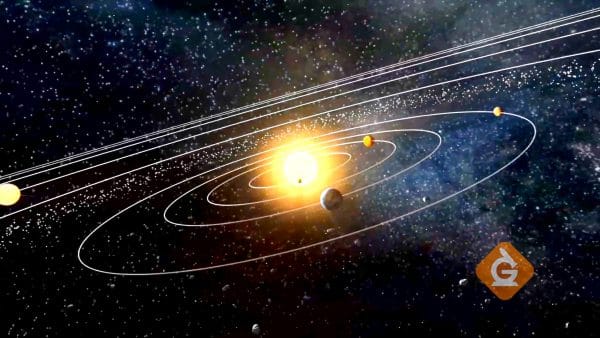A star is an exploding ball of burning gas held together by gravity. Our sun is a star! It produces great amounts of energy in the form of light and heat that provide the perfect conditions for life on Earth.
To better understand how our sun and stars work….
LET’S BREAK IT DOWN!
What is the definition of a star and how does it work?

When you look at the night sky, the dots of light you see are stars! They are millions of miles away. Billions of stars exist in the universe, but many are too far away from Earth to see, even with a telescope.
Stars are huge balls of burning gases, most of which are made of hydrogen. As the hydrogen gas in a star is squeezed due to gravity, it produces huge amounts of energy, which make it glow. The size, temperature, brightness, and color of stars vary.
The color of a star is determined by its temperature. Red stars are cooler in temperature, blue stars are hottest, and other stars like ours (which is yellow) are an in-between temperature.
Stars come in different sizes and distances from Earth.

Stars are really far away from Earth. With a strong telescope, we can see stars that are millions of light years away.
A light year is how far light can travel in one year. Since light travels at 186,000 miles per second, it takes 8 minutes for light from the sun to reach the Earth.
The next closest star to Earth is Proxima Centauri, which is a little over 4 light years away from Earth. That is 250,000 times farther away than the sun.
The brightest star in the night sky is Sirius, located 500,000 times further away than the sun. Sirius is also 20 times brighter than the sun, which is why it is so easy to see at night.
Our sun is a medium star of average size and brightness.

Our star, the sun, is average in terms of size and brightness. However, our star is extraordinarily important! Earth is the perfect distance from the sun.
The sun provides heat and light to our planet, supporting life on Earth. Earth is in the habitable zone of the sun. We are close enough to the sun to benefit from the light and heat, but far enough away to prevent Earth from being too hot and vaporizing all the water.
The sun is much larger than Earth. By comparison, if the sun were the size of a basketball, the Earth would be the size of a pencil point.
Stars that are farther away appear smaller and dimmer.

Because the sun is so much closer than other stars, it looks much bigger and brighter. Objects that are closer to you seem larger than objects that are farther away.
If you were to light two candles, hold one and have a friend hold the other on the opposite side of a room, the candle you are holding would appear brighter and bigger. The same is true of stars.

































































































































 Select a Google Form
Select a Google Form









